Isotech offers a full range of Fiber, C02, UV, Green, MOPA, Nanosecond, Picosecond and Femtosecond laser systems for marking, cutting and welding of many substrates. Isotech offers both standard systems as well as fully automated or custom systems depending on your specific requirements. Integrated, automated solutions with conveyors, palletized pick and place, rotary dial tables, hoppers, and...

For over 50 years, we have been continuously improving upon and developing new industrial laser systems, with a focus towards the processes of cutting; welding; marking and engraving; and micromachining, providing unmatched total solutions to our global customers. We are a technology driven company, offering laser system customization and providing a “One Stop” laser technology solution and...

Hai Tech specializes in state-of-the-art laser technology, offering both new and refurbished industrial lasers and marking lasers for automotive, tooling and electronic applications. We have over 20 years of experience in laser system design so we can serve you better! For more information, contact a Hai Tech representative today!

Laser Marking Technologies LLC engineers laser systems for the medical, manufacturing, and automotive industries. We provide you cutting-edge technology at competitive prices. We are making innovative strides with fiber lasers, 3D printing tech, and automation capabilities that optimize manufacturing processes. Visit our site today to learn more about what our laser expertise can do for you.

TYKMA Electrox specializes in the design and manufacture of permanent industrial marking laser systems. Product line includes laser marking systems, electrolytic etch marking systems, needle marking systems and customized workstations. We are at the forefront of new product designs and problem solving.

If your business has a challenging component to mark on, our team at Automark will help you solve the problem. We supply laser and marking systems for a multitude of industries. Our team of engineers is ready and willing to tackle any of your challenging assignments. If you have any questions feel free to give us a call and a representative will speak with you today!

More Excimer Laser Manufacturers
Excimer lasers are useful in many applications for which other laser systems are not appropriate. Excimer lasers have proven to be very useful surgical tools, particularly in ophthalmological procedures. They are also sometimes used in procedures involving other tissue like bones and muscles; cosmetic procedures like stretch mark removal and psoriasis treatment may also make use of excimer lasers. The limitations and inherent risks associated with excimer lasers have limited their applications compared to other laser systems.
Excimer lasers require very high voltages in order to be generated. Also, their generation process involves the electrification of poisonous gasses which pose a hazard to professionals who work with them. Also, accidental exposure to concentrated ultraviolet light can cause serious health problems.
Laser is an acronym for light amplification by stimulated emission of radiation. All laser beams are amplified, focused light generated by the stimulated emission of radiation from a gain medium. Gain media are solid, liquid or gaseous materials, which, when excited by electricity, emit light radiation. This gain medium electrification process always takes place in an optical amplification enclosure.
In the case of excimer lasers, a combination of argon, krypton, xenon or other inert gasses with a reactive gas like fluorine is electrified within an enclosure. This combination, which is called a dimer, is excited by the electricity and releases photons as its electrons move between energy levels. Those photons are the source of light radiation; when produced in this way they are characterized by a very short wavelength.
If light radiation's wavelength is short enough, it becomes ultraviolet. That light is then directed by several strategically placed reflective surfaces within the enclosure and then focused by a series of lenses to create the laser beam. In this way they are similar to other gas lasers like CO2 laser and helium neon lasers; the difference between those systems is the wavelength of the light generated.



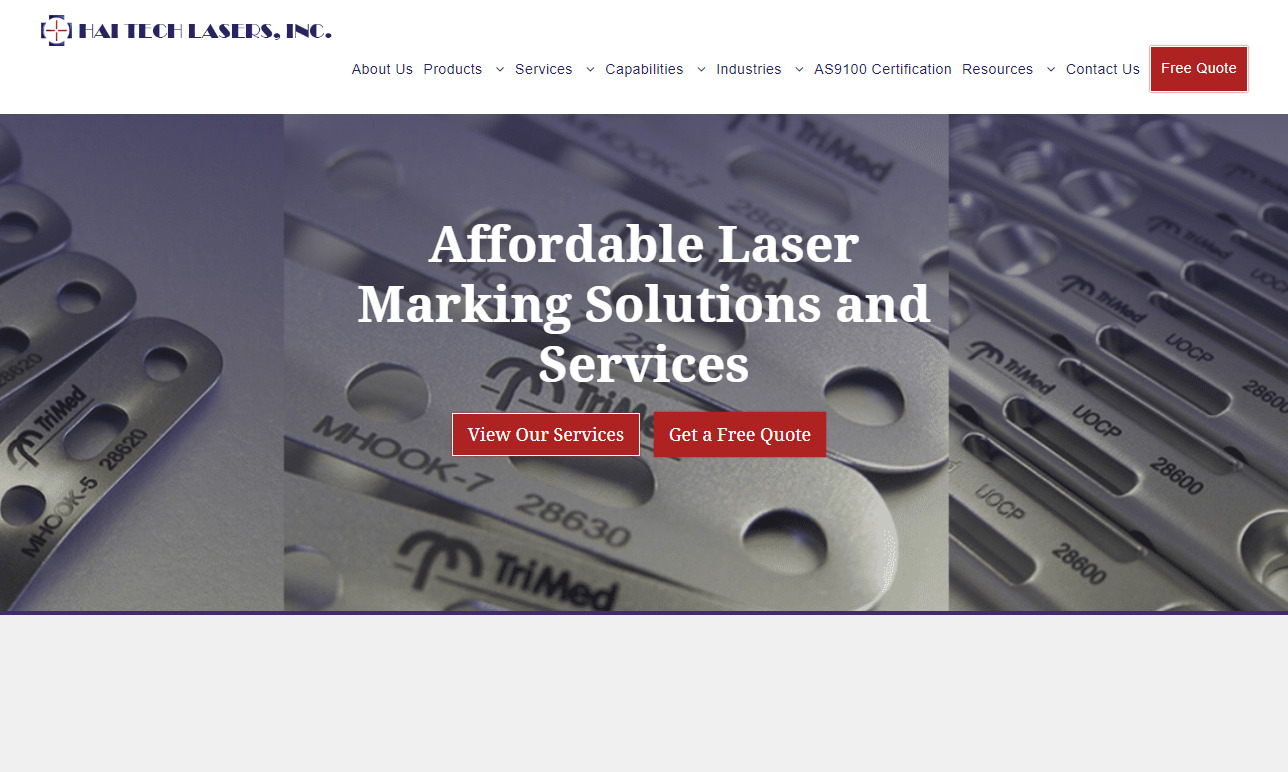

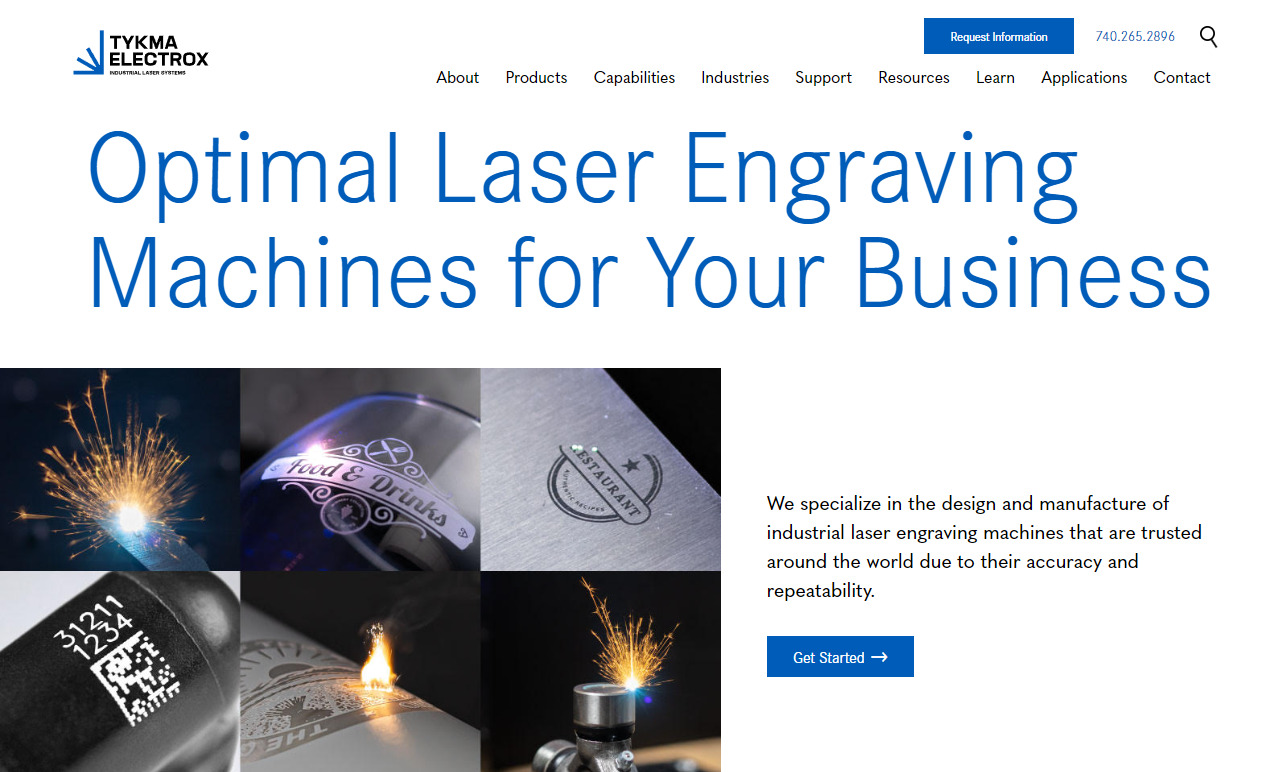

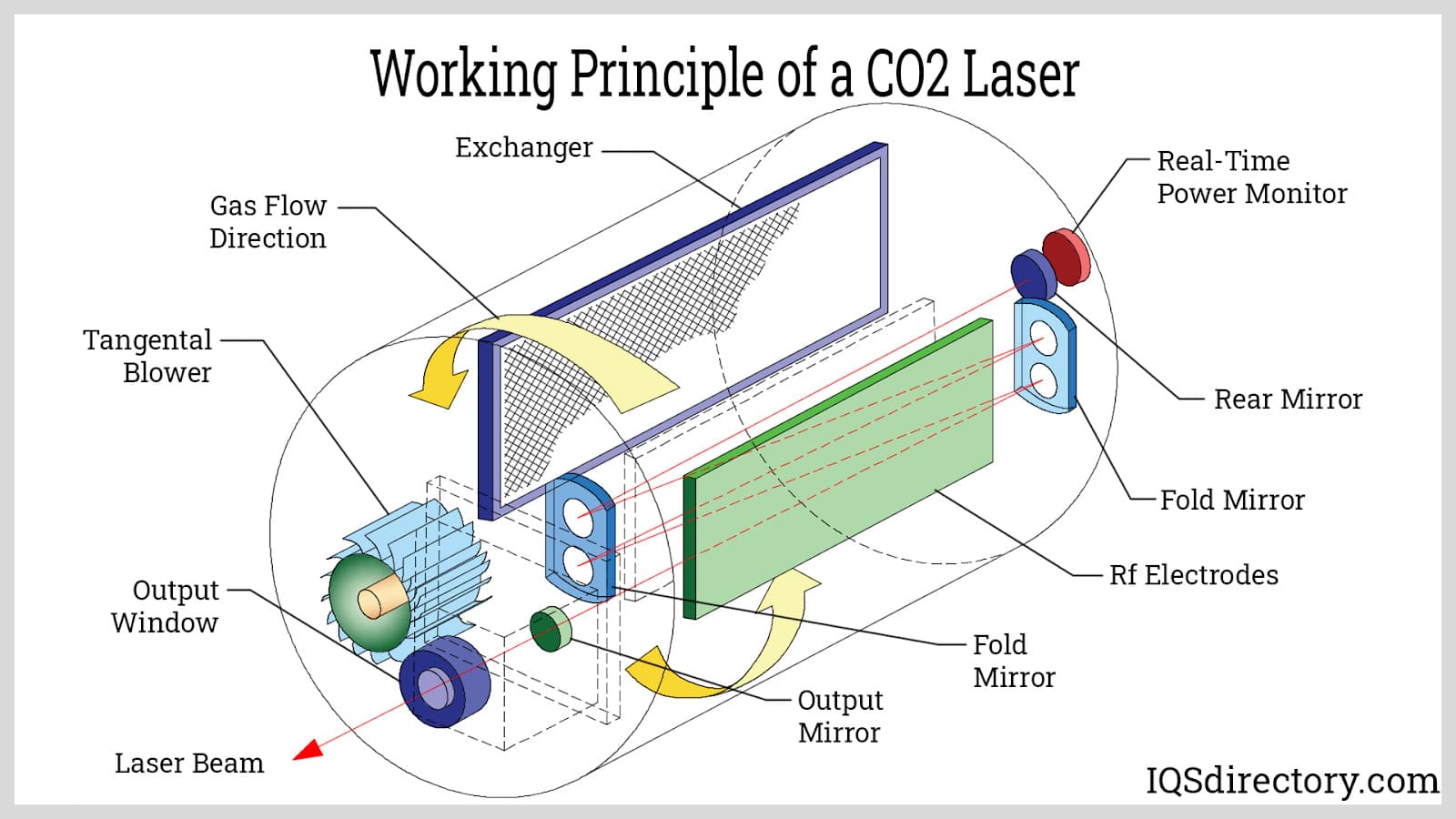
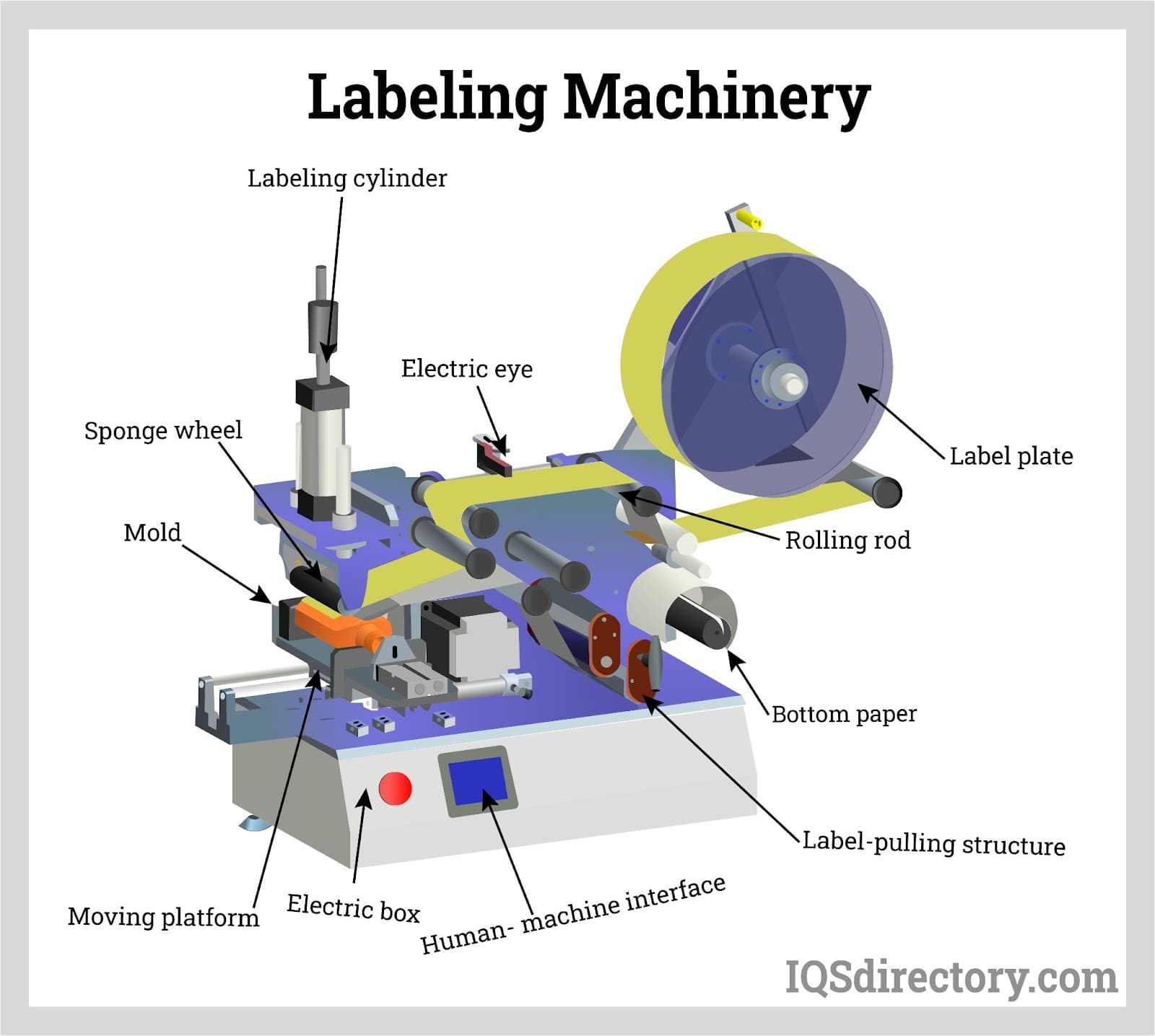
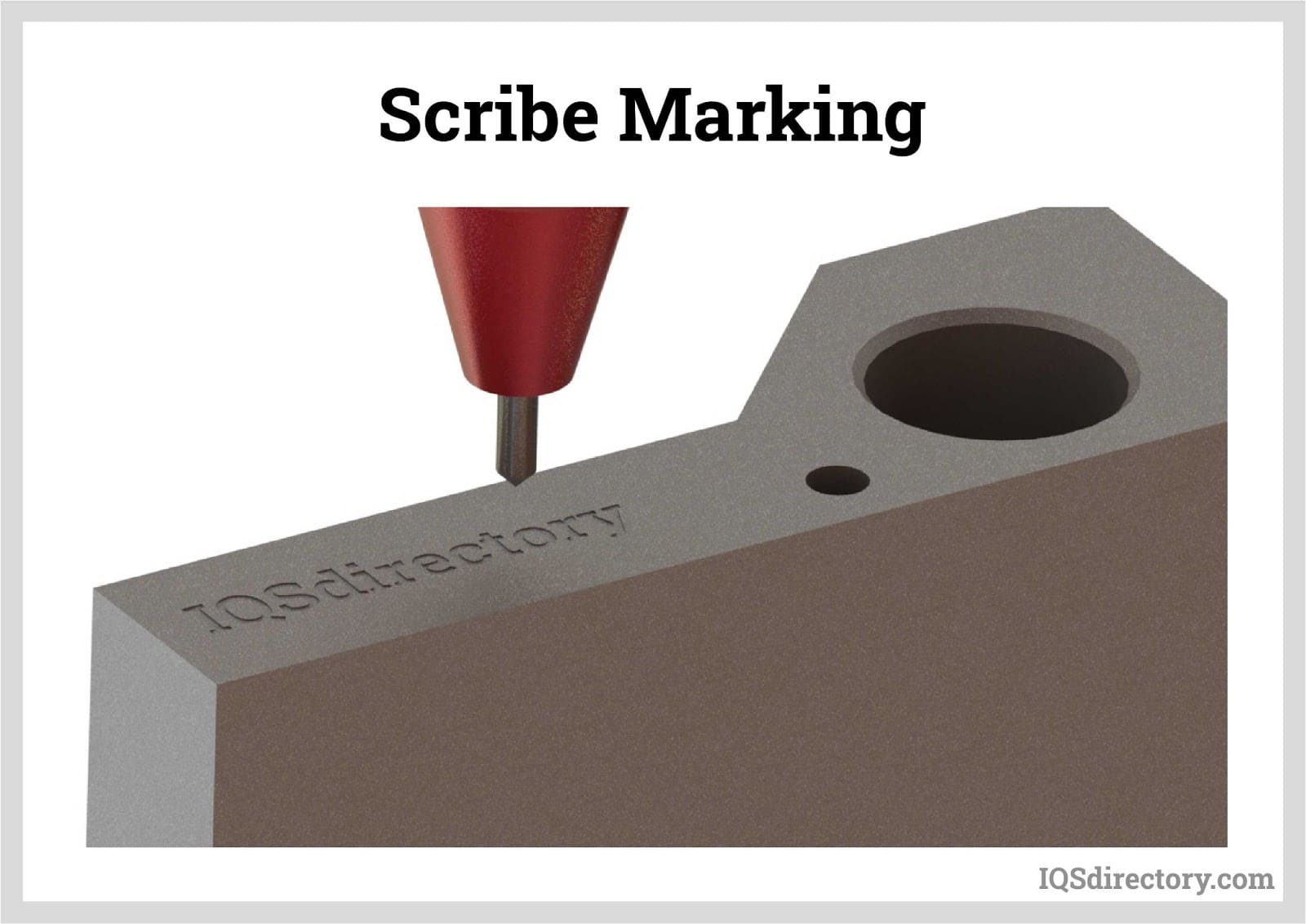
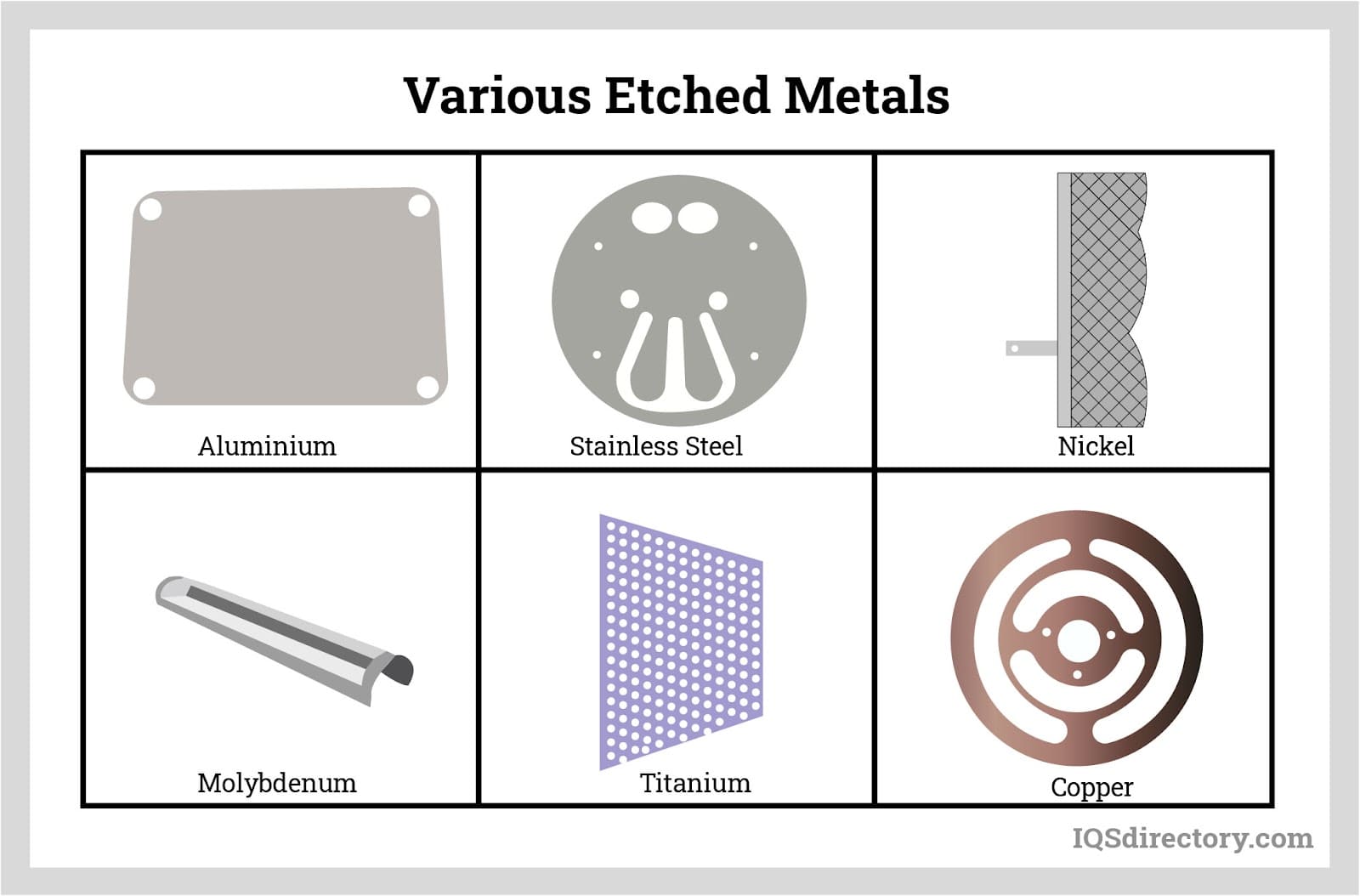
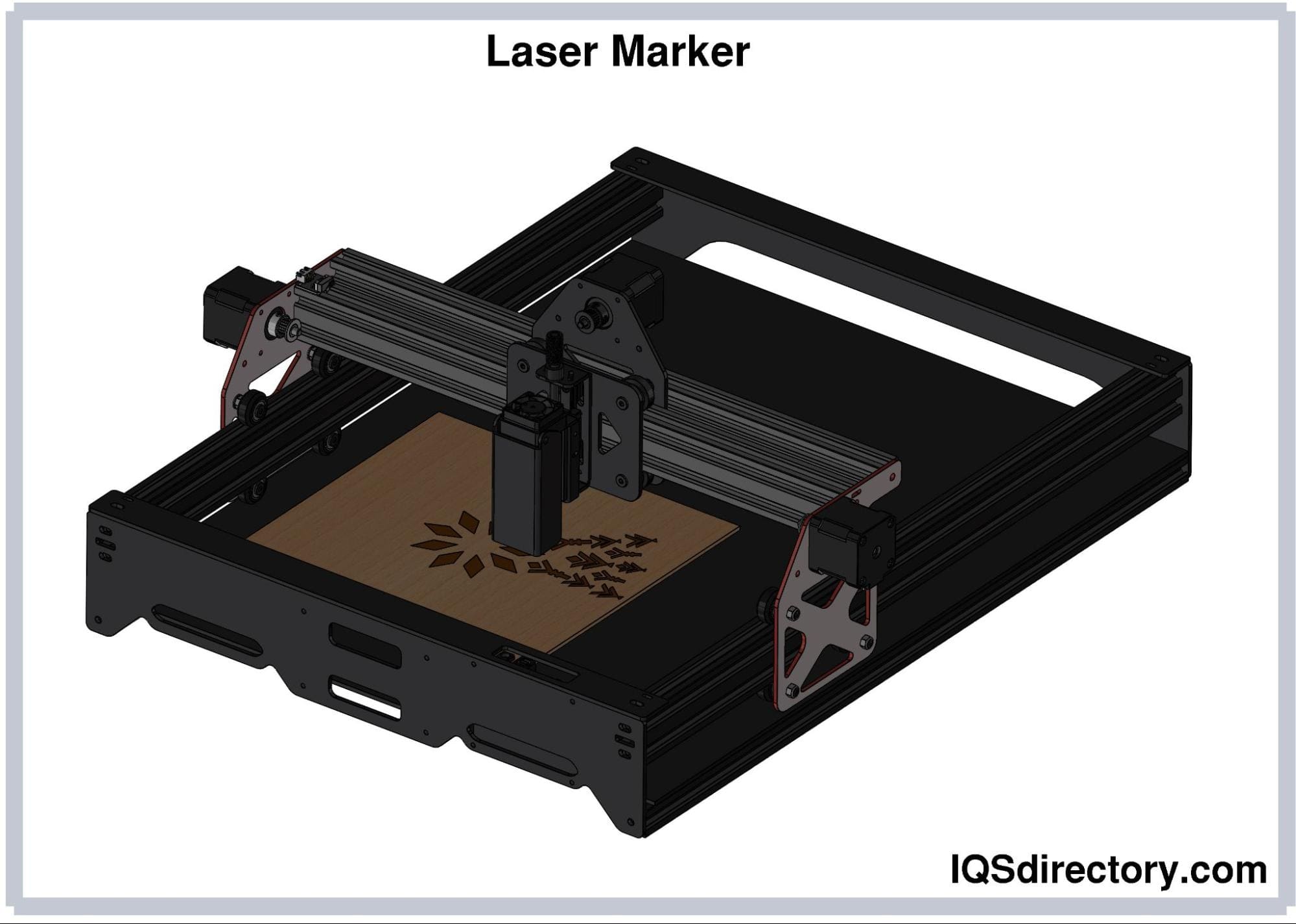
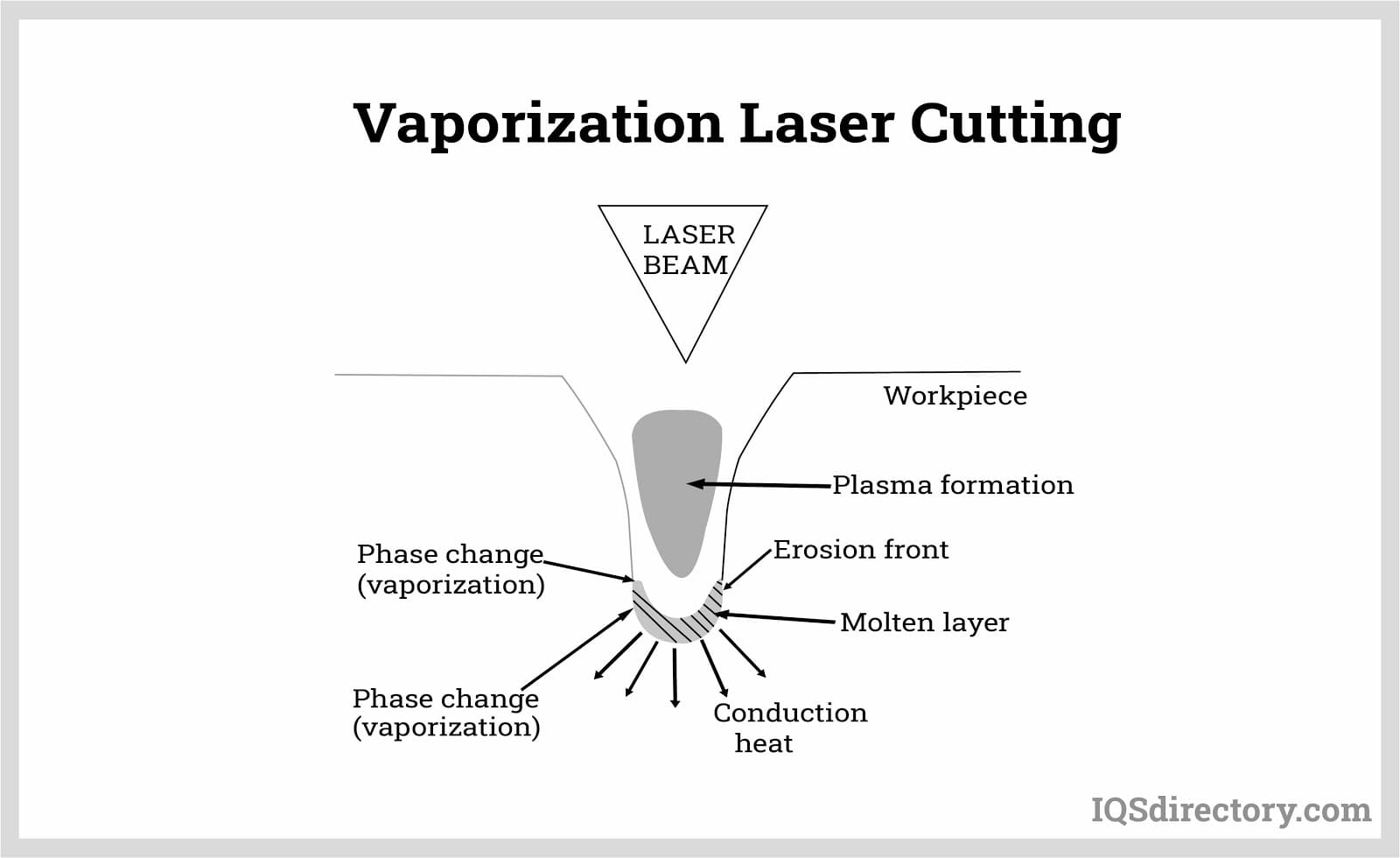
 Automation Equipment
Automation Equipment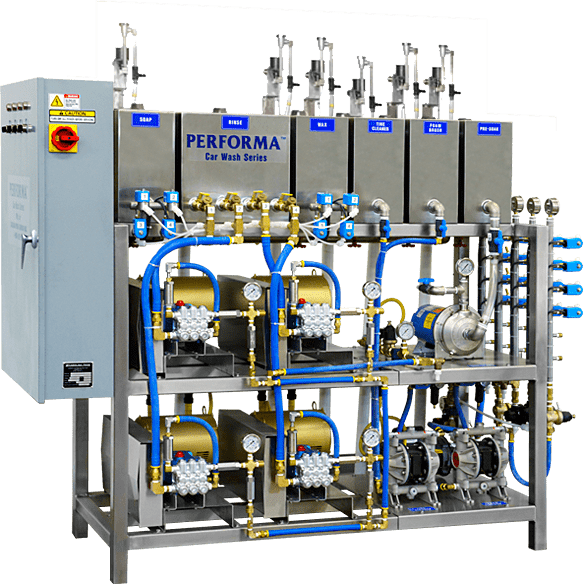 Car Wash Equipment
Car Wash Equipment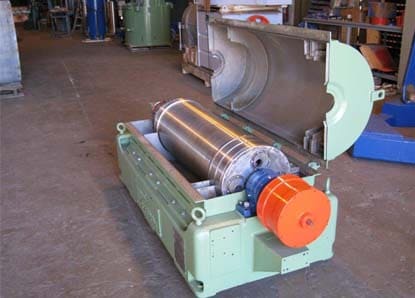 Centrifuges
Centrifuges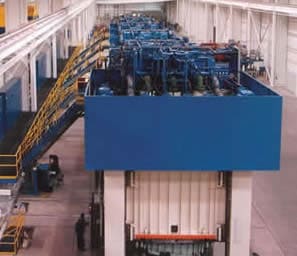 Hydraulic Presses
Hydraulic Presses Lasers
Lasers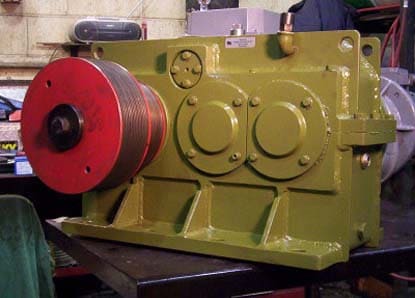 Machinery Rebuilders
Machinery Rebuilders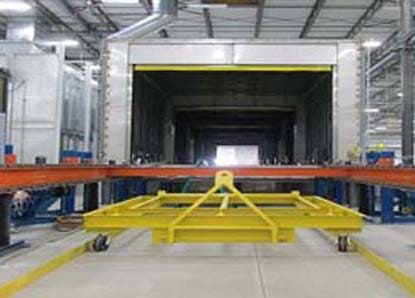 Paint Finishing Equipment
Paint Finishing Equipment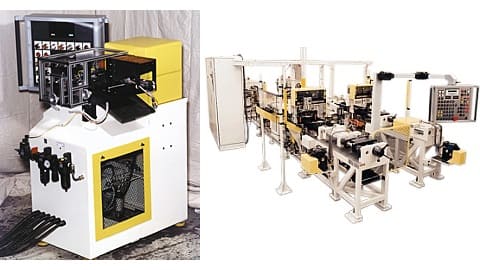 Tube Forming Machines
Tube Forming Machines Castings & Forgings
Castings & Forgings Bulk Material Handling
Bulk Material Handling Electrical & Electronic Components
Electrical & Electronic Components Flow Instrumentation
Flow Instrumentation Hardware
Hardware Material Handling Equipment
Material Handling Equipment Metal Cutting Services
Metal Cutting Services Metal Forming Services
Metal Forming Services Metal Suppliers
Metal Suppliers Motion Control Products
Motion Control Products Plant & Facility Equipment
Plant & Facility Equipment Plant & Facility Supplies
Plant & Facility Supplies Plastic Molding Processes
Plastic Molding Processes Pumps & Valves
Pumps & Valves Recycling Equipment
Recycling Equipment Rubber Products & Services
Rubber Products & Services